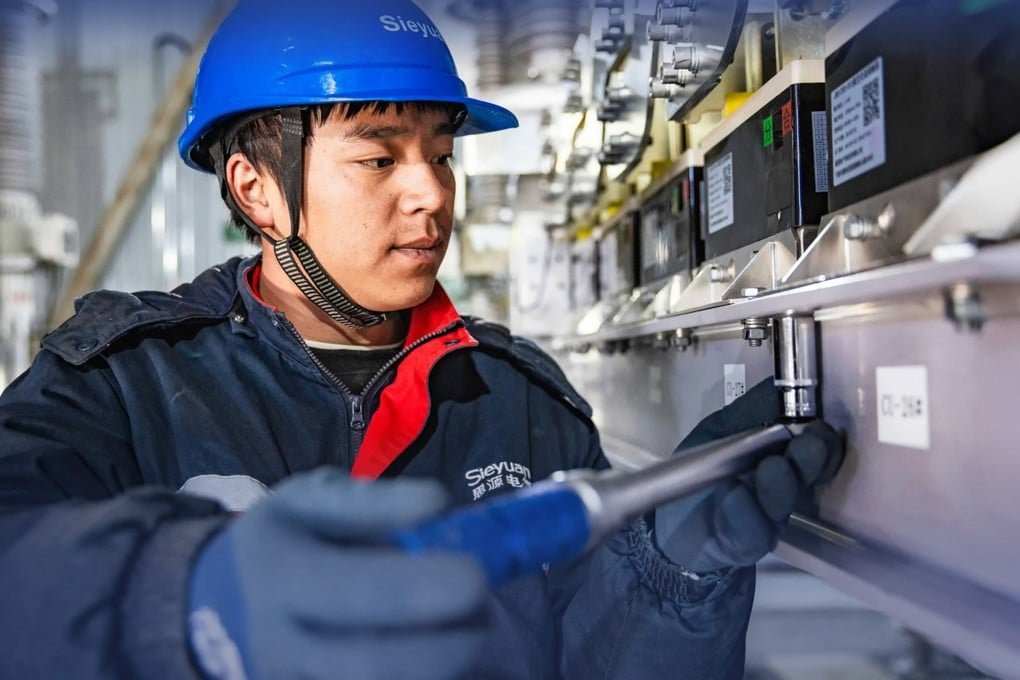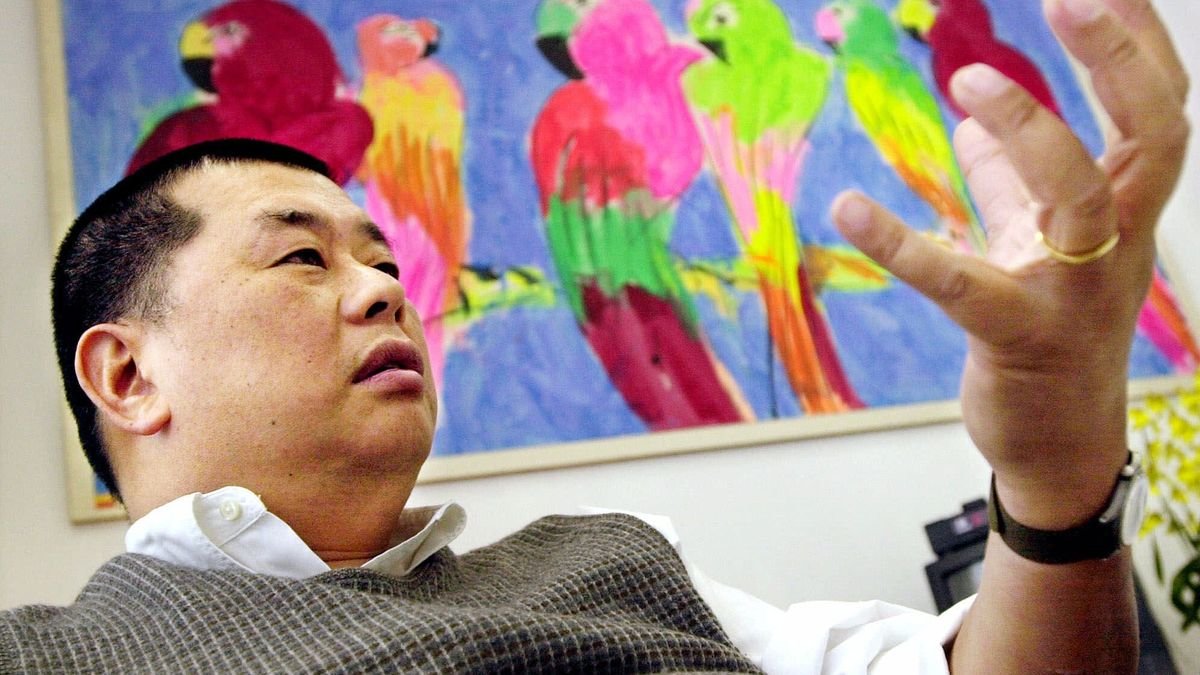Today we’re having a look at 30 beautiful houses from all over the world, each different and beautiful in its own unique way. Let’s see what makes each one stand out.
A 19th-century beautiful house from Paris
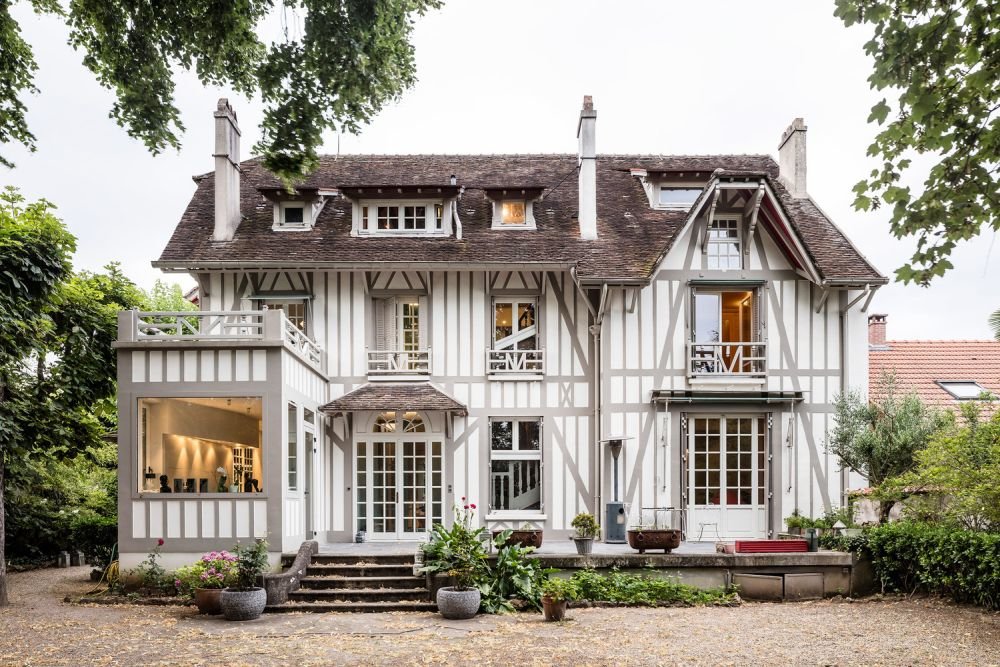
Old structures are beautiful through the fact that they take us back in time and they inspire us to learn from our history. This house was originally built in the 19th century and is located in Paris, France. It definitely had a dated look which it still preserves but rather than looking out of place or deprecated it’s a wonderful gem. The house was renovated in 2015, a project conducted by studio 05AM Arquitectura the goal of which was to make it more functional as a whole and better suited for a current lifestyle. The original charm and style of the building was preserved as best as possible and the modifications done to the floor plan were carefully designed so that they don’t stand out in a way which doesn’t suit the house.
An art collector’s house in Kansas
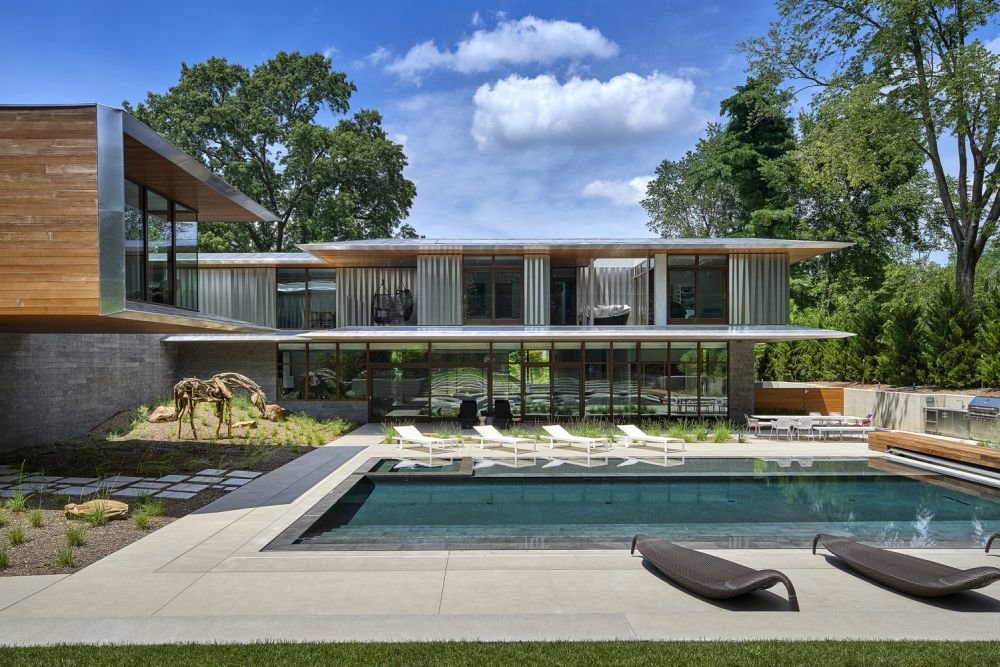
In each case when designing or building a house architects have in mind a main goal which can differ every time based on their clients’ needs and preferences. This is a house located in Kansas, United States. It was designed by studio Huff Projects and it’s intended to serve as a home but also as a space where the owners can display their extensive art collection. As a result, it had to be able to showcase all these pieces in flattering and interesting ways but also feel like an inviting and comfortable home at the same time. Needless to say, it turned out great.
A repurposed old barn in Österlen
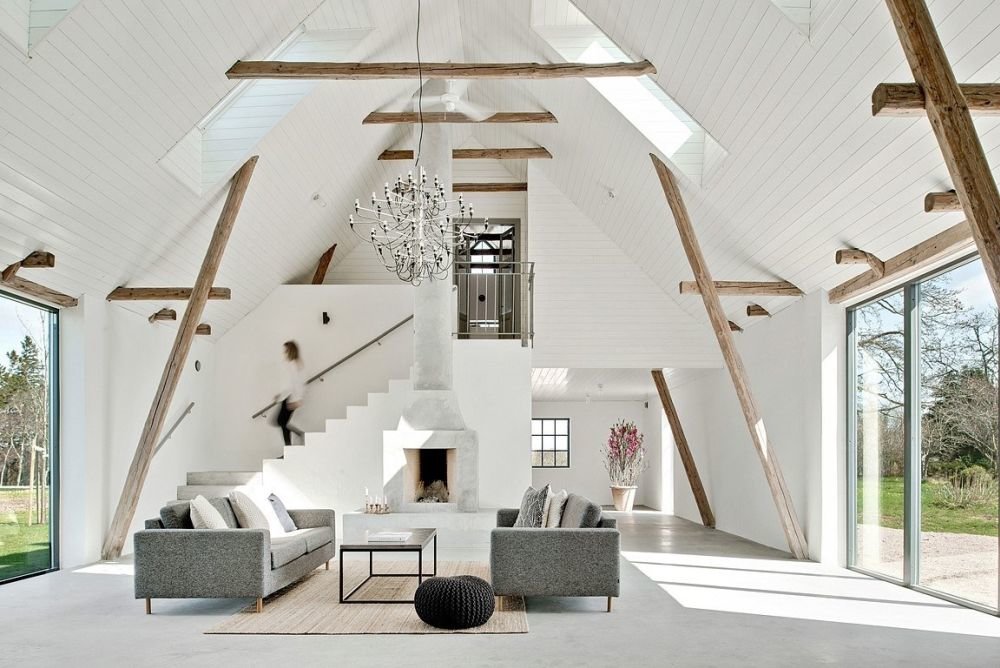
Old barns are quite charming and not always in a the same way for everyone. The new owners of this one for example wanted to move in here and to make it their home. The really high ceilings made the conversion fairly simple as well as interesting. Architect Jonathan Andersson managed to completely transform the place. It went from being just another old and abandoned barn to becoming a loving modern home. It was originally built in 1901 but it definitely doesn’t look its age. It’s very inviting both inside and out and it has a lot of character. =
A secluded family home in Hampton Bays
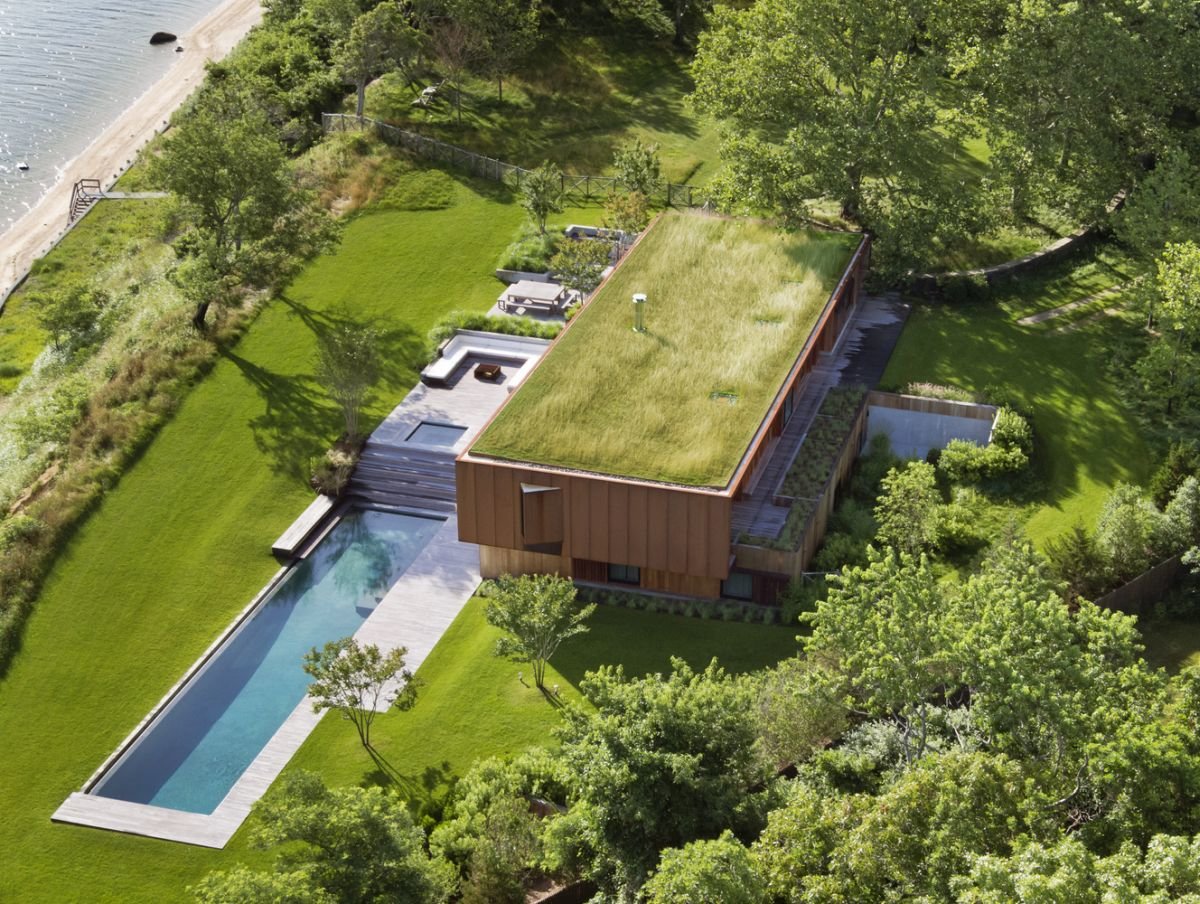
Choosing a great location is very important when building a house from scratch. Of course, great can mean very different things for different people. When architecture studio Mapos started work on the Peconic House project, their clients had in mind a very special location for their new dream home. It was a piece of land in Hampton Bays, United States in a forest clearing with lots of vegetation around it and with a view of the Peconic Bay. Here a beautiful multi generation family home was built, one which maintains a lovely relationship with its surroundings, respects nature and coexists with it in harmony.
A modern house surrounded by trees in Vilnius

A strong and harmonious relationship with nature is what makes a lot of projects successful and inspiring. A beautiful example is a house designed and building by ArchLAB studio. It occupies a piece of land in Vilnius, Lithuania which has a river running through. This was a dream come true for the owners who always wanted to be able to feel close to nature and to live in harmony with it. Their new house has a modern design and doesn’t disturb the land around it. Several tall pine trees can be seen growing right through the house, a great way to incorporate nature into the design and make it a physical part of the house.
A rough stone house that blends into the landscape
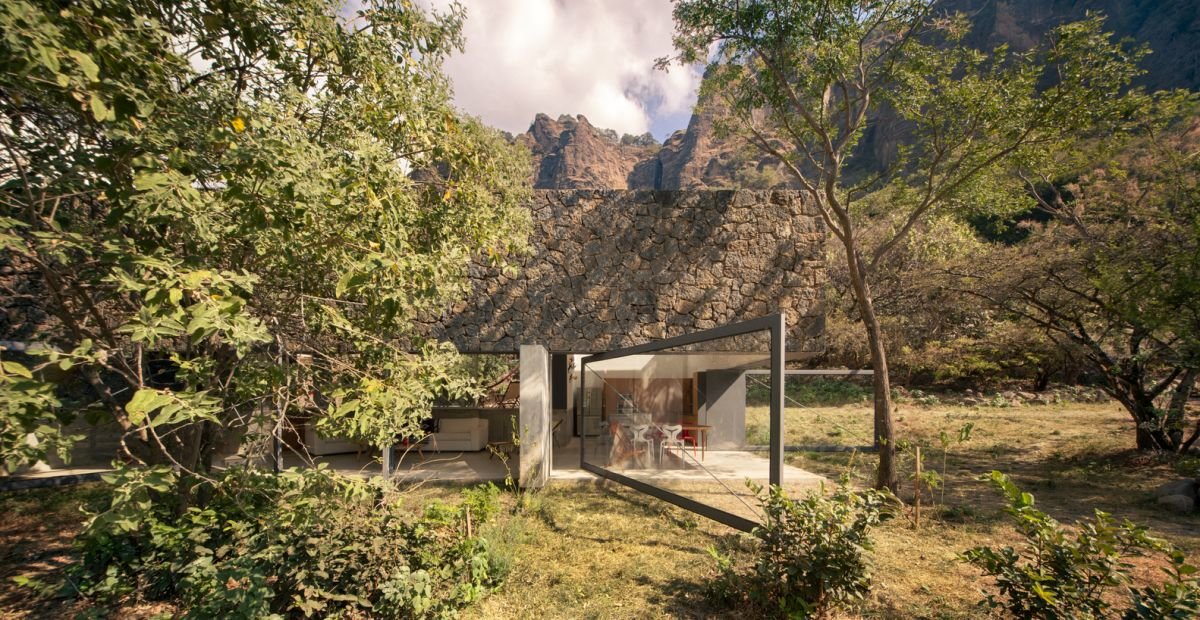
A desire to reconnect with nature was also at the core of a magnificent project conducted by architect Luis Arturo Garcia of EDAA. His task was to come up with a design for a house that would be able to seamlessly blend in with its natural surroundings. As always, the inspiration came from the site, the topography and nature itself. That’s how this house came to be built out of rugged stone and concrete and to have such an organic look while at the same time featuring a modern architecture and a very stylish interior.
A contemporary ranch house in Texas
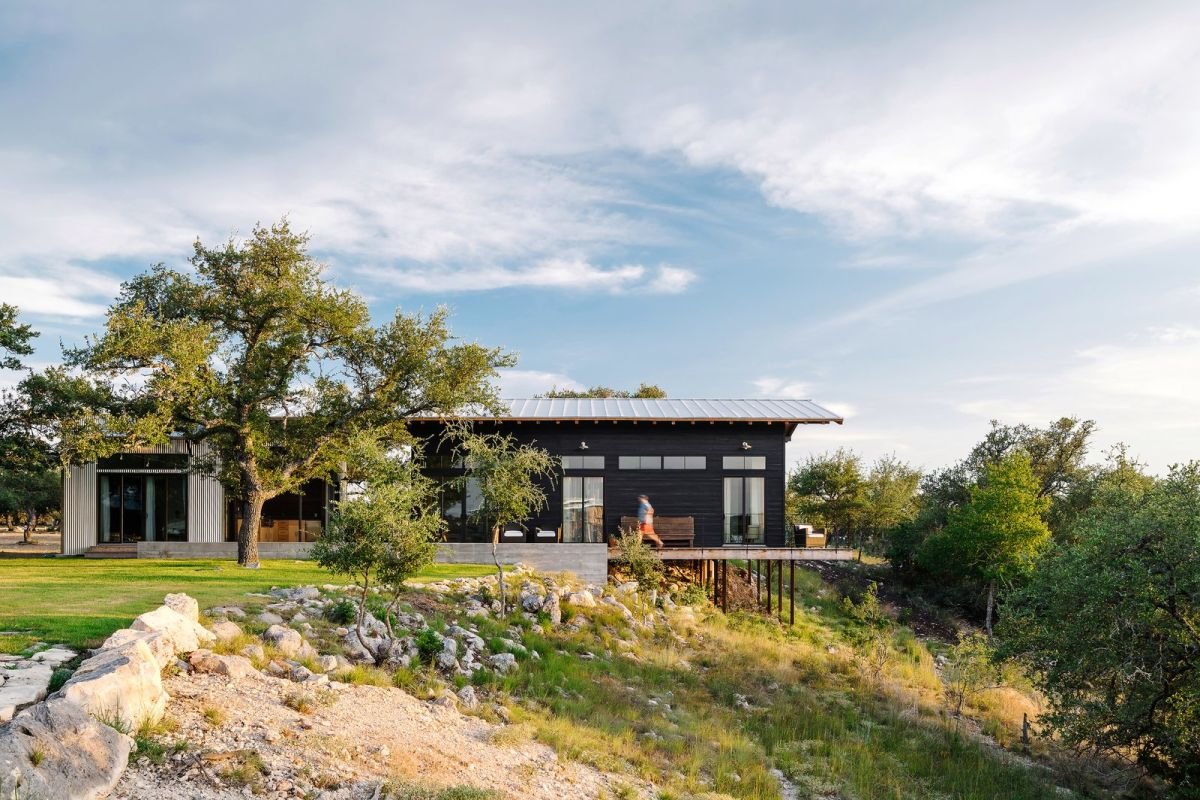
Ranch-style house have a charm of their own and often look and feel very welcoming and inviting. The original style however is quite dated and doesn’t necessarily suit the current lifestyle of many of us. There is of course a way to make the best of both world by renovating and transforming an existing ranch house. A great example is a project completed by Root Design Company outside Austin, in Texas. Their task was to remodel a ranch which has a main house, a guest house and a chicken coop and to extend it by adding a new poolside pavilion. The new area adds an outdoor kitchen and dining area and allows the owners to spend more time outside.
A barn-style house in Portland

As we mentioned earlier, barns are very charming and beautiful in their own unique way. Their rusticity and the fact that they have high ceilings but a cozy interior makes them the perfect place to call home. This style has been used by studio Olson Kundig who worked on a very special project in Portland, Oregon. This is where this beautiful house was built. As you can see, it shares some base similarities with an old barn but it’s also refreshingly modern, clean and simple. Large glass walls and windows frame the wonderful views and allow the outdoors to become a part of the interior.
A beautiful cottage in the English countryside
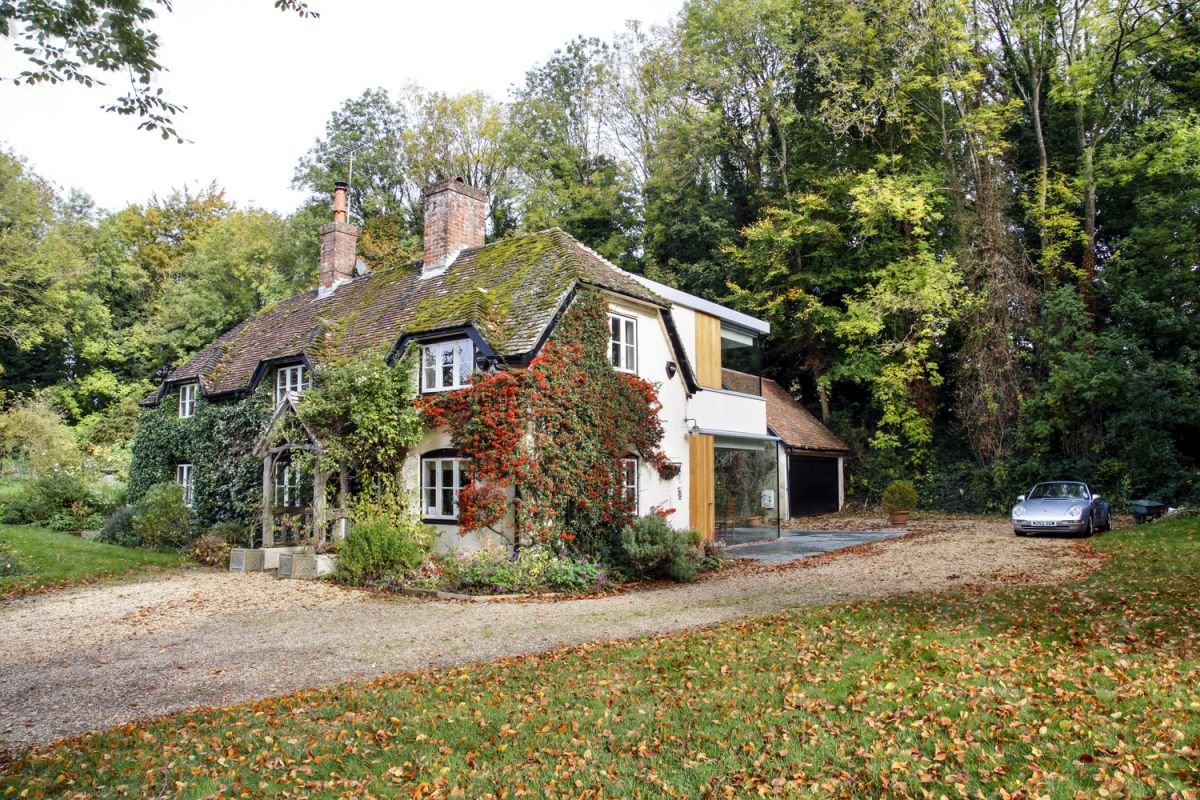
From a distance this looks like a charming and well-preserved cottage house, the kind that you see in historic movies. To some degree, that’s true. This is a structure is located in the English countryside and for the most part it has been preserved as best as possible in its original state. You can see that the exterior has a nice patina and ivy covers the roofs and walls. What’s less apparent is the fact that recently Stephen Marshall Architects added an extension, a glass-encased section with a very modern vibe to it. The new space makes a huge difference because it allows the interior layout to be reorganized and to become more practical and better suited for a contemporary lifestyle.
A triangular house in Famalicão
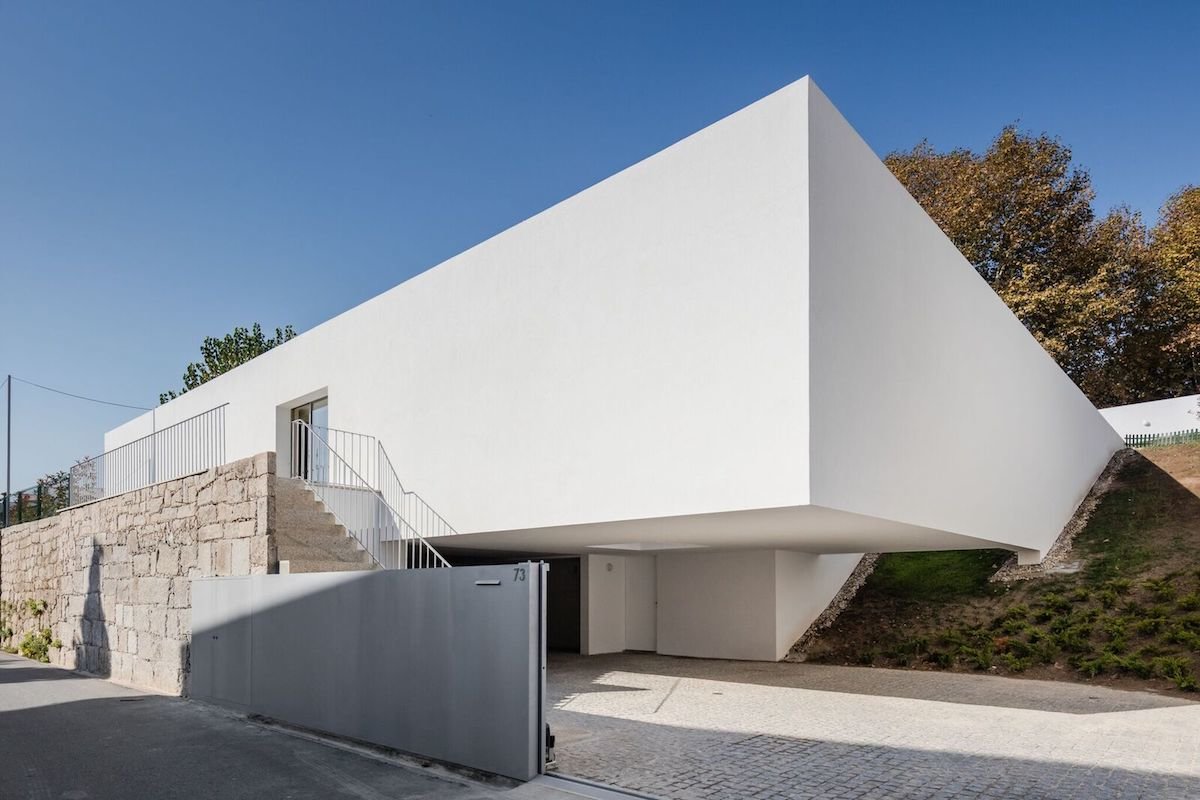
Every project has its own set of challenges. In the case of this magnificent house from Famalicão, Portugal, the difficult part was dealing with the unusual shape of the site. It was a triangular piece of land on a slope which made things difficult. On top of that, there was an old structure on it. Studio NOARQ got rid of the old house but didn’t demolish the whole thing. They kept some of the stone walls which now create a border around the new house. They definitely contrast with the new and very clean and minimalist architecture and that’s part of what makes this house so special and beautiful in the first place.
A house on a steep slope in Jaraguá do Sul
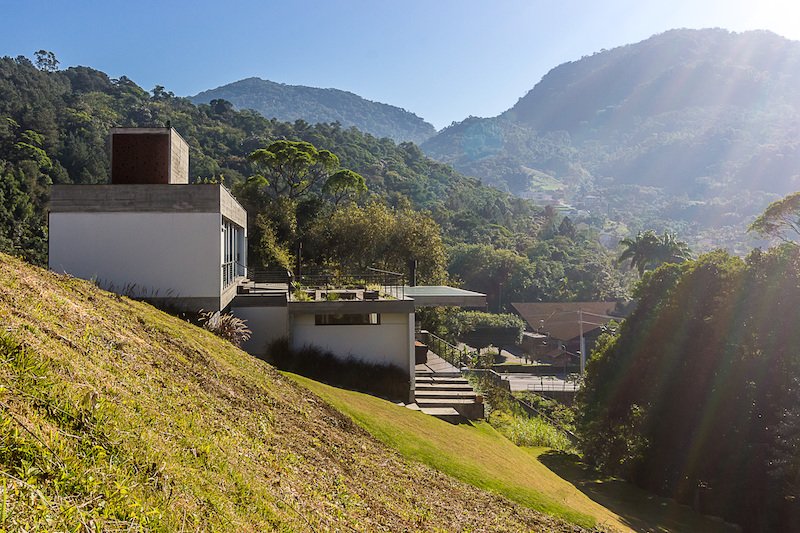
Location is always important when designing and building a house. The topography pretty much changes everything. This house from Jaraguá do Sul, Brazil is a wonderful example. It was built on a site with a steep slope which made the design and planning phases quite difficult and challenging. The easy option would have been to go with a typical flat design that aims to tame the slope but instead studio PJV Arquitetura decided to embrace this landscape. They came up with a modern design on two main floors which follows the shape of the land and interacts with it in a natural and beautiful manner.
A rural house in Rotterdam
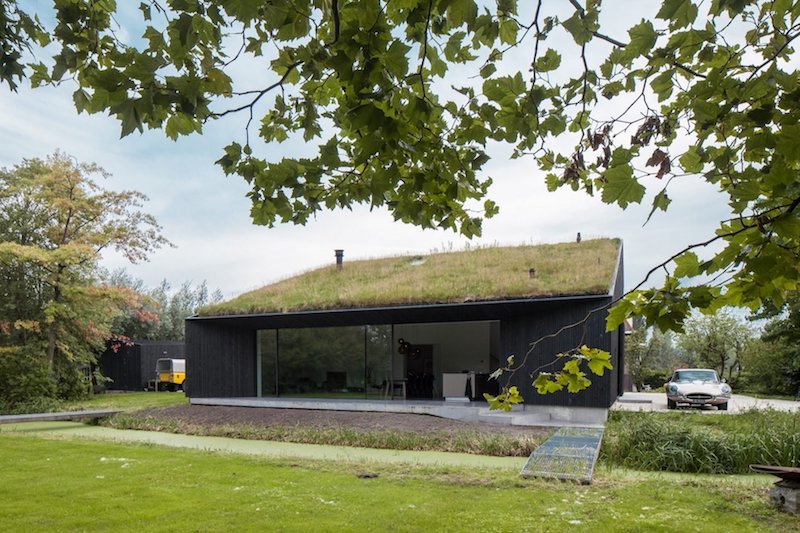
What immediately stands out upon looking at this house is the roof. It has a very interesting look in the sense it’s a turf roof, a style which was very popular in Scandinavian houses back in the 19th century. Today it definitely has an uncommon look but it’s also a part of history which is what allows it to look fairly natural in this design. The house was designed by architect Fillie Verhoeven who faced the challenge of incorporating the turf roof style into a modern structure. The asymmetrical shape of the building, the black exterior and the minimalism of the design as a whole really make this a spectacular project.
An asymmetrical house on a small site
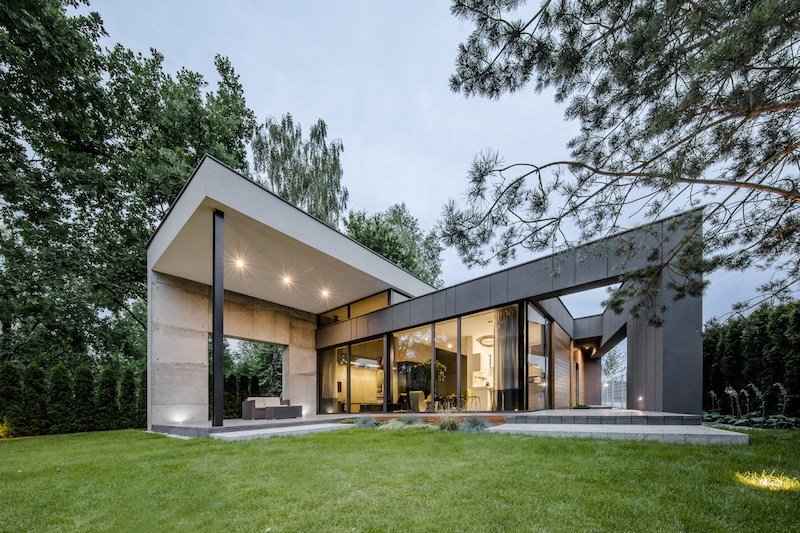
It’s quite often that architects have to deal with all sorts of challenges related to either the size or shape of the plot of land that the want to build on. In this case studio Beczak had to work with a small and irregularly-shaped site and their way of overcoming this challenging was by designing an asymmetrical house. They came up with a floor plan that’s practical and that suits the site in a nice way and that meant having two distinct roof elevations for different sections of the house.
A modern house in Lisbon with two pools
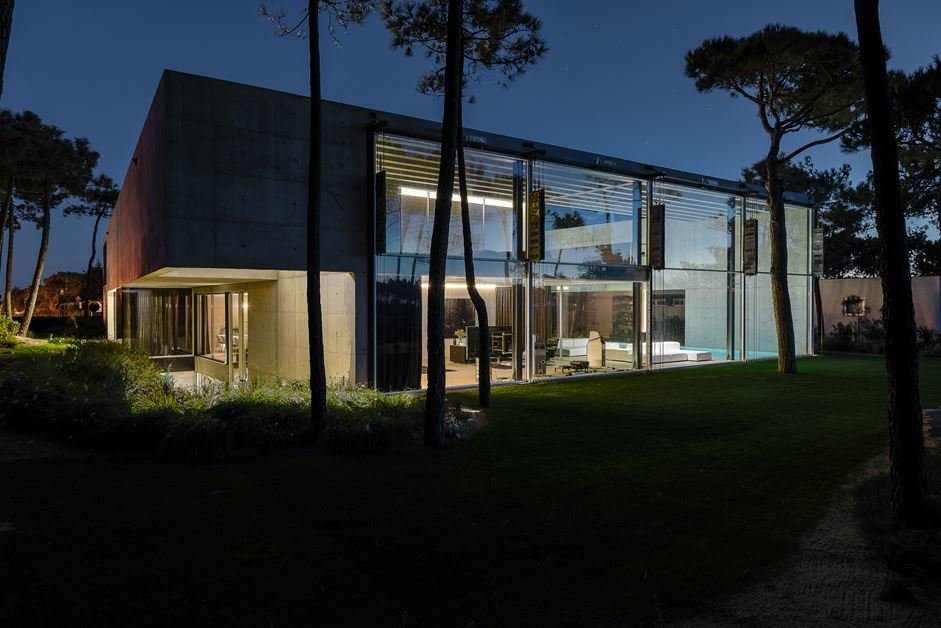
A swimming pool is a really nice extra feature that a house can have and it’s typically something that’s found in the backyard. However, for this house in Lisbon the pool is a centerpiece. It’s actually not just one but two pools that were integrated into the design of this house in a really cool and unusual way. There’s one fairly traditional pool that stretches at the back of the house beyond the deck and another suspended pool on the second story just above it. The second pool has a glass bottom which allows the sunlight to filter through the water and to reach the area underneath it, creating a really cool and unique pattern. This amazing project was done by Guedes Cruz Arquitectos.
A futuristic house in Moscow
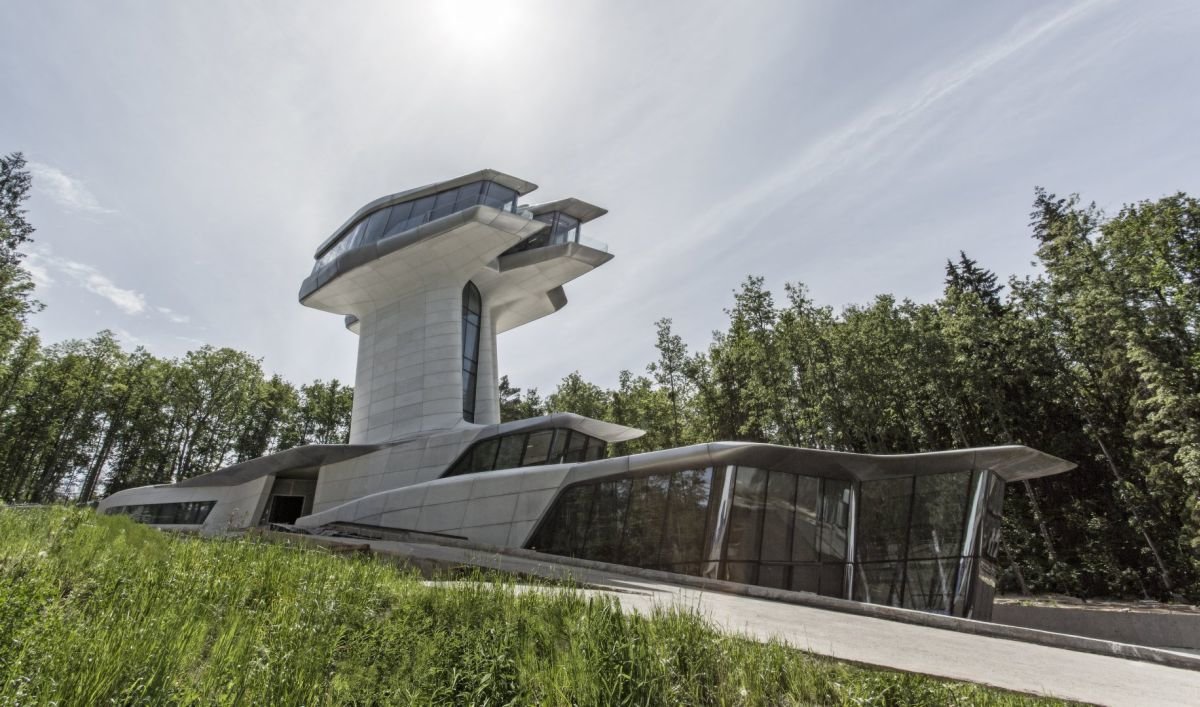
This is definitely a house like no other. It was designed by architect Zaha Hadid and it’s her only private residence project. That already makes it masterpiece and, as expected, the design is out of this world. The house rises like a giant sculpture among the tall pine and birch trees that surround it on this beautiful plot of land outside Moscow, in Russia. It has a very sculptural and futuristic look like everything else designed by the talented architect and its design is inspired by the beautiful natural surroundings.
A cantilevered cliff house in California
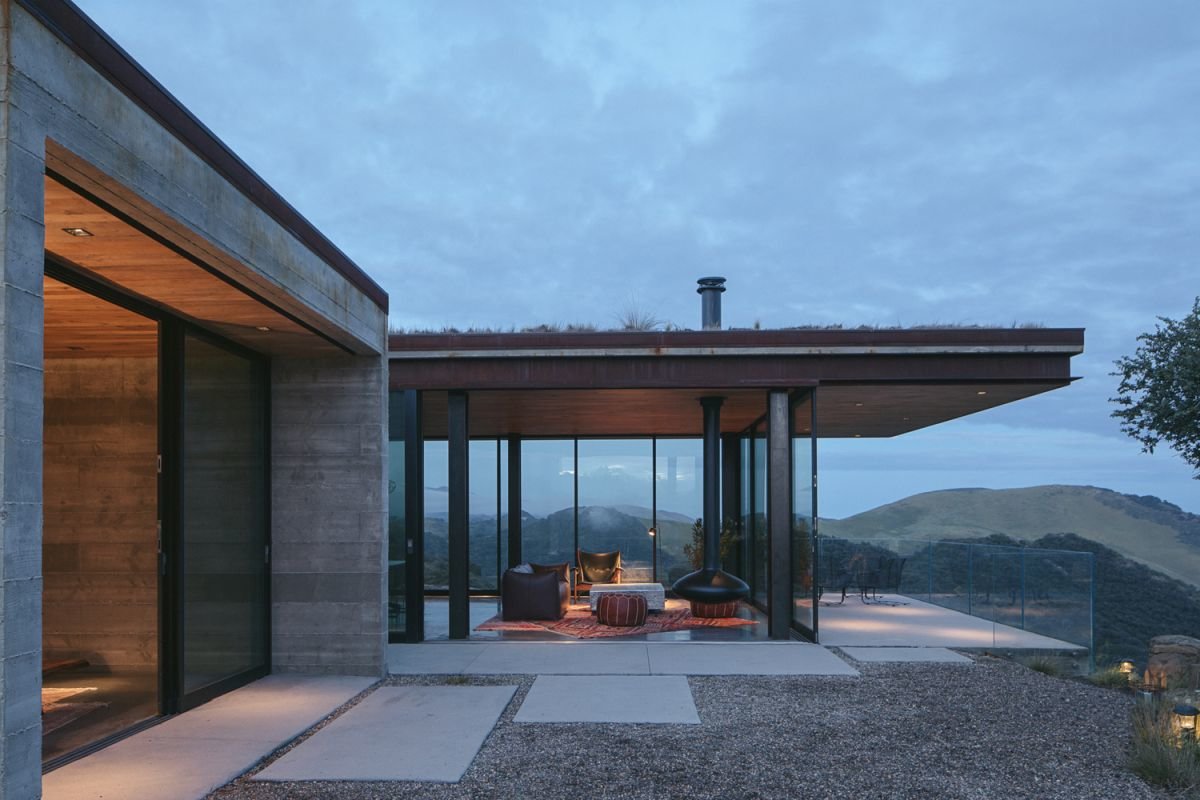
Building a house in a place that has amazing views often means sacrifices have to be made and challenges have to be overcome. This sort of sites are usually secluded, far away from settlements, in the middle of nature and that’s exactly what allows them to be so beautiful and extraordinary in the first place. That in turn means the house is off the grid and in some cases transporting all the materials on site is very challenging. In response to all these limitations, studio Anacapa Architecture came up with a really cool design for a modern house in Santa Barbara, California. The house cantilevers off a cliff and blends in with the landscape around it in a wonderful way.
A timeless house in the rainforest

What sets this project apart from a lot of the others is the owner’s desire for a house that would be able to last for multiple generations and to resist both structurally and aesthetically for a long long time. That alone was a big challenge and in addition the house occupies a site surrounded by a subtropical rainforest which meant that the design and the materials and techniques used had to be chosen in relation to these factors. The project was completed by studio CHROFI in 2018 and, as you can see, the house has a modern but also abstract vibe to it. It’s built of stone and concrete which gives it a very solid and sturdy look and inside it has a flexible floor plan which allows for versatility.
A concrete house in Brasilia
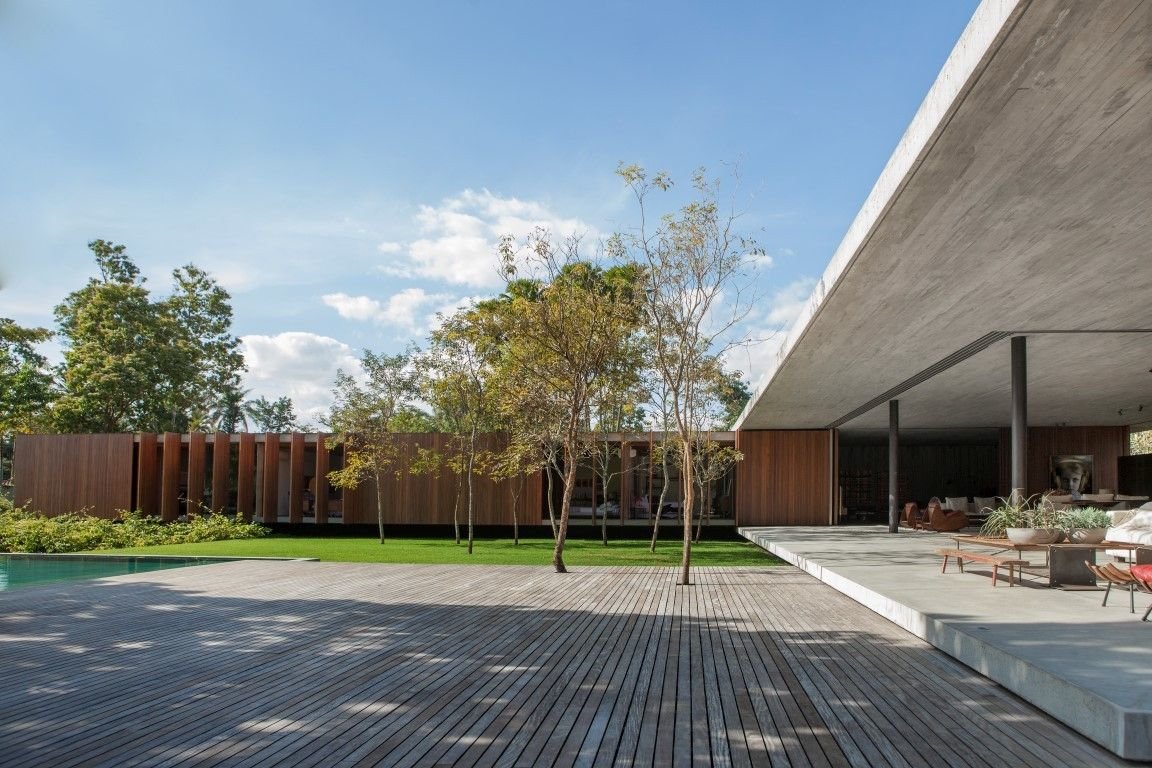
You can’t always judge a house by the way it looks from the outside. In many cases the exterior and the interior of the house have contrasting designs and styles and each is meant to address a series of unique challenges and requirements. For this house from Brasilia, Brazil, Studio [+] Valéria Gontijo used concrete and wood to create a very simple shell on the outside and a very warm and welcoming space on the inside. The house engages with its surroundings on a lot of different levels. Large sliding doors and numerous pivoting panels open up the living spaces to the beautiful garden and to the outdoors but can also just as easily conceal and separate the two environments.
A rustic mountain house in Wyoming

Mountains have always been fascinating. They’re really imposing and mysterious and they offer the most amazing views. That makes houses like this one truly special. This is a structure designed by Peter Zimmerman Architects and what makes it charming is its modest and simple design. It’s a rustic-looking building built out of wood, which gains a lovely patina over time and ages in a beautiful way. It serves as a getaway home and it suits its location really well. The materials used and the overall design complement the natural surroundings and don’t stand out too much and the interior is really cozy and welcoming. Nature and architecture complement each other just right in this case.
A corten steel house in Colorado

Sometimes what makes a house stand out is not necessarily the style of size or design but the materials used in its construction. Corten steel is one of those materials that always stands out. It’s very different from most of the other more common building materials like concrete, stone or wood and it has a very distinctive look. It was used here in a really cool project, a mountain house located in Snowmass, Colorado designed by Skylab studio. Although it has a very distinctive look, the weathered steel actually helps the house look timeless. It changes patina over time and as it gets older it also becomes more interesting visually.
An A-frame cabin in Vancouver
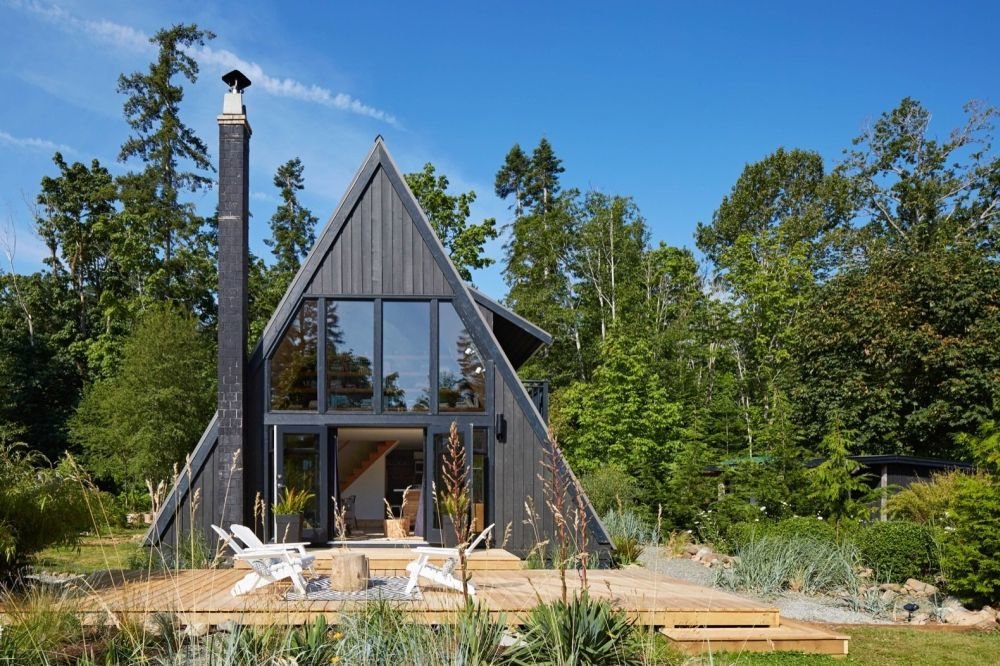
This is a house that looks different depending on where you’re standing when looking at it. That’s because it’s composed of two very different and contrasting sections. One is the original structure and the other is an extension that was added at the back. The owners liked the original mid-century design of the house but they also wanted this to be a modern home for them so they gave it a complete makeover but preserved the mid-century design as best they could. The original cabin was built in 1974 and although the newly added extension doesn’t really match the original style it suits it quite well in a strange way. The simple A-frame design adds a modern twist to the building but at the same time has a classic feel to it.
A large concrete and wood house in Durban
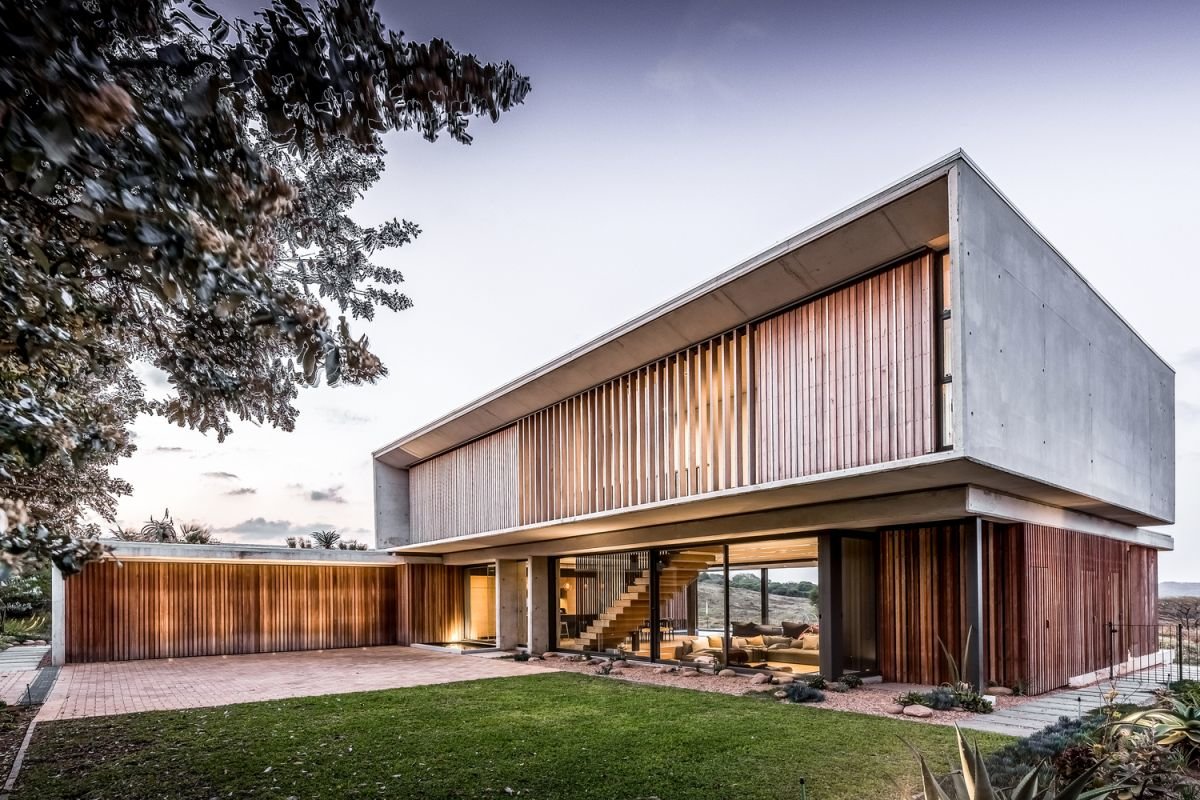
This house from Durban, South Africa is beautiful in a way that feels familiar and comfortable. It’s a large structure with 400 square meters of living space disposed on two floors. It’s organized into three large sections and it’s built out of concrete and wood, two materials that contrast with one another on multiple levels but that also complement each other in a way that feels natural. The project was done by studio Bloc Architects who found a cool way to strengthen the relationship between the house and its surroundings. They designed an indoor-outdoor swimming pool that acts as a link between these environments.
A minimalist house in Brazil
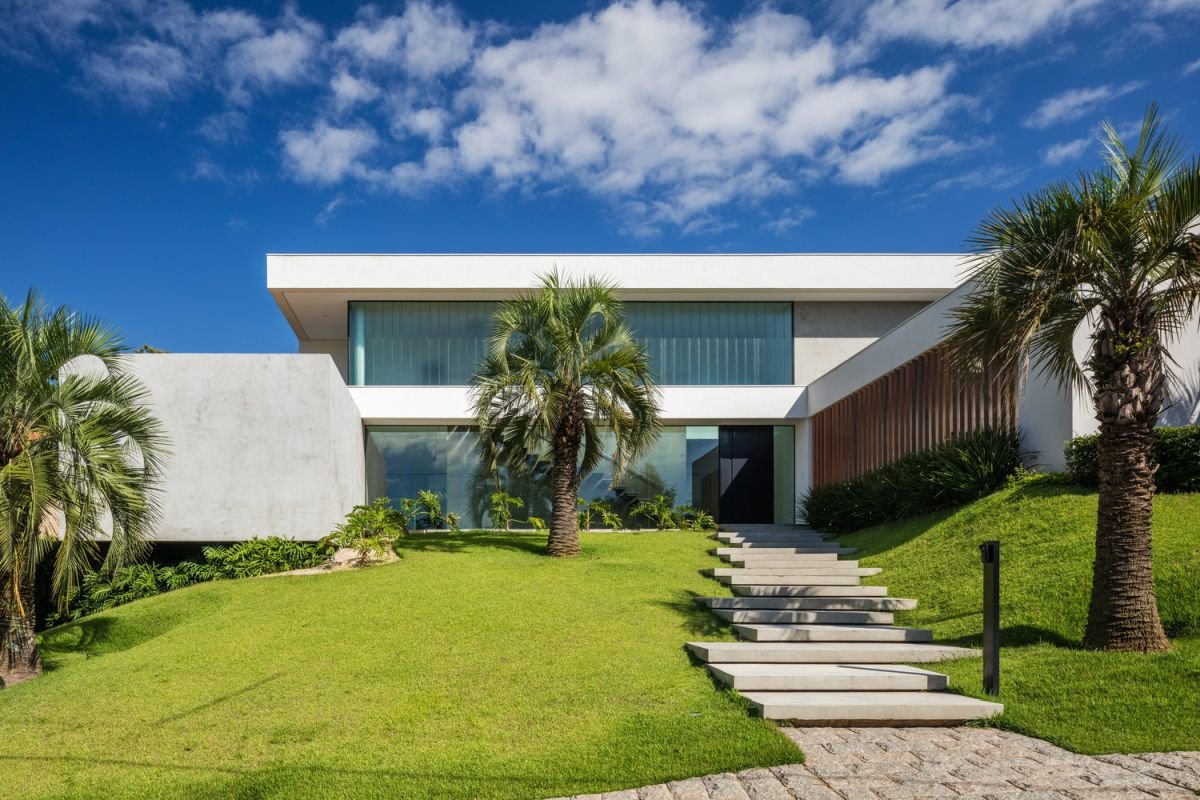
It’s always important to design a house based on the personality and style of those using it and since each person is unique that makes each project amazing in a completely different way from the rest. For this house from Brazil the goal was to create an environment where the owners can be comfortable and which would showcase their love and passion for art. They also wanted this to be a practical and function-oriented house, a place that they can call home in every sense of the way. It was up to Padovani Arquitetos Associados to find the perfect design that reflects all these details. They chose a modern and minimalistic style which puts an emphasis on the decorations.
A tall house on a small plot in Singapore
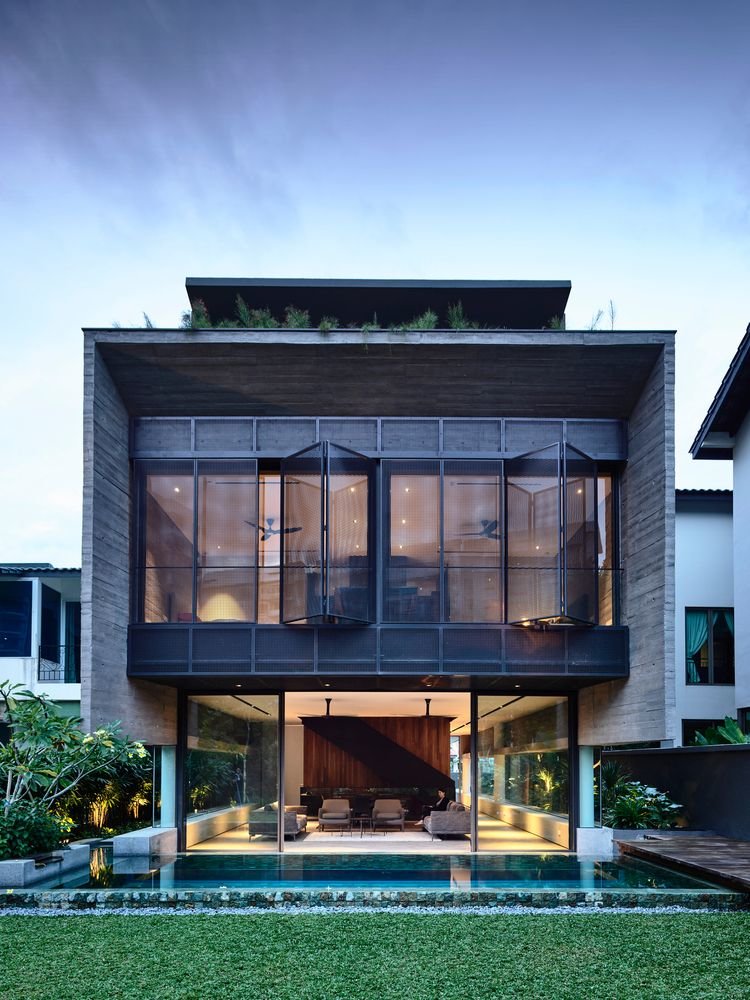
Faced with the challenge to build a multi-generation family house on a small residential plot, architecture and design studio ONG&ONG Pte Ltd came up with a plan that would ultimately allow their clients to take maximum advantage of this location and the immediate surroundings. They structured the house on four levels, expanding upwards in order to include all of the different rooms and to offer enough space for lots of different types of activities. That way they maintained a small footprint but didn’t make the house feel tiny inside. they also worked on connecting the interior and exterior spaces and gave the house a perforated facade that lets in lots of light as well as large windows and terraces that frame the views and bring the outdoors in.
A circular dune house in Victoria
The inspiration for a house’s design almost always comes from nature. The surroundings and the landscape that extend around the house often influence the overall design, the shape, the style and the materials and colors used in the project. This is one of the best examples: a beach house along the coastline of Victoria, in Australia. The first thing you notice is the fact that it has a cylindrical shape and a circular floor plan. It measures less than.5 meters in radius and its design is inspired by the dunes. This beautiful and unique design is the work of studio Austin Maynard architects.
A jungle house in Guarujá
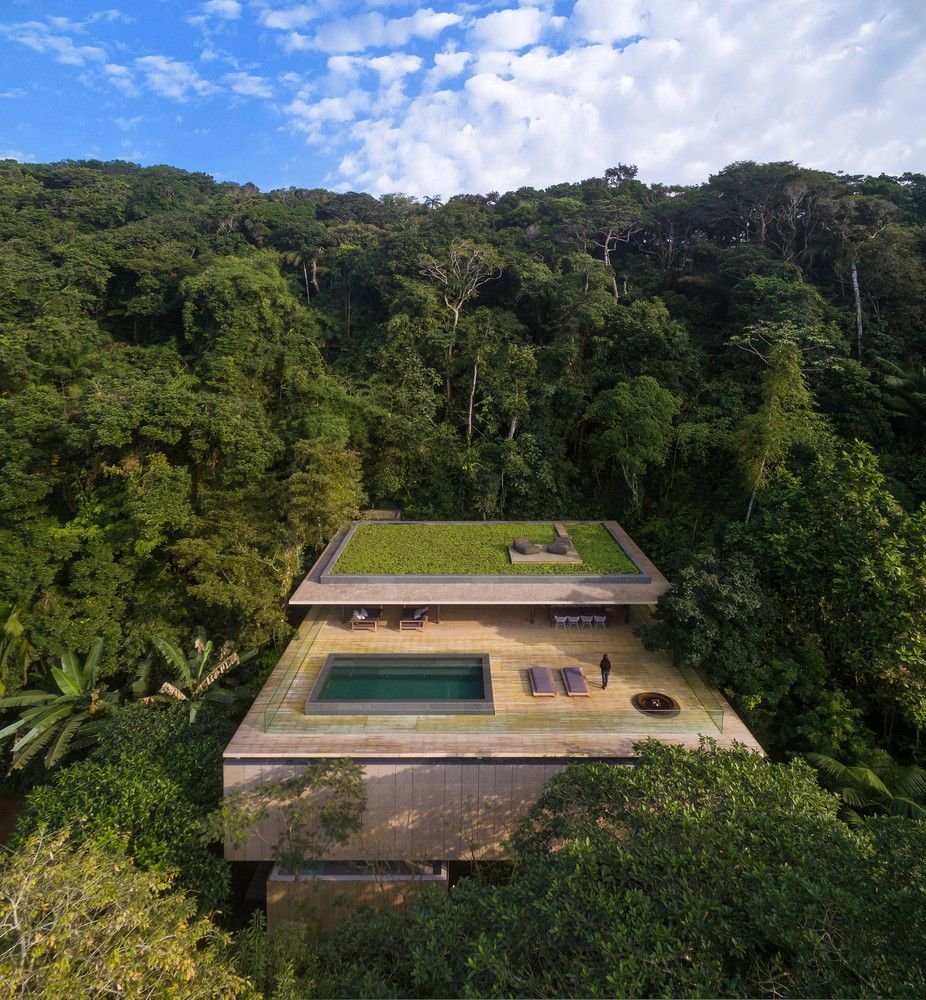
When designing this magnificent house from Guarujá, Brazil, Studio MK27 aimed to first of all establish a strong connection between the building and its surroundings. They wanted to create a seamless and natural relationship between architecture and nature and the way in which they managed that was by preserving the vegetation and everything else intact and making it look as if the house was there since the beginning of time, as if it belongs on this site, among the lush jungle and the soaring trees. Since there’s not a lot to see on the ground floor except the trunks of the trees and because they wanted to preserve as much of the land as possible, the architects created a large rooftop terrace which acts as an alternative to a typical backyard.
A modern lake house in Jocotepec
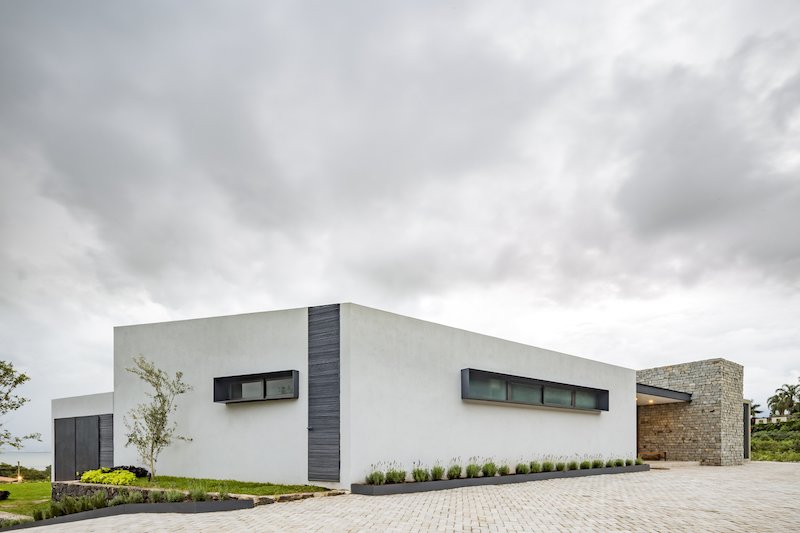
Set on a lovely piece of land out by a lake in Jocotepec, Mexico, this house is spacious and big but not over the top. As an overall look it’s simple and modest but in a stylish and sophisticated way. It was designed by FARQ Architects who made sure to allow their clients to enjoy the beautiful view and nature from inside the house. In order to achieve that they had to elevate the house over 5 meters in order for the view to actually be possible. A large roof overhang extends the beautiful wooden ceiling and creates a sheltered deck that helps the indoor living area feel more spacious and airy.
A cozy stone house in Ensenada
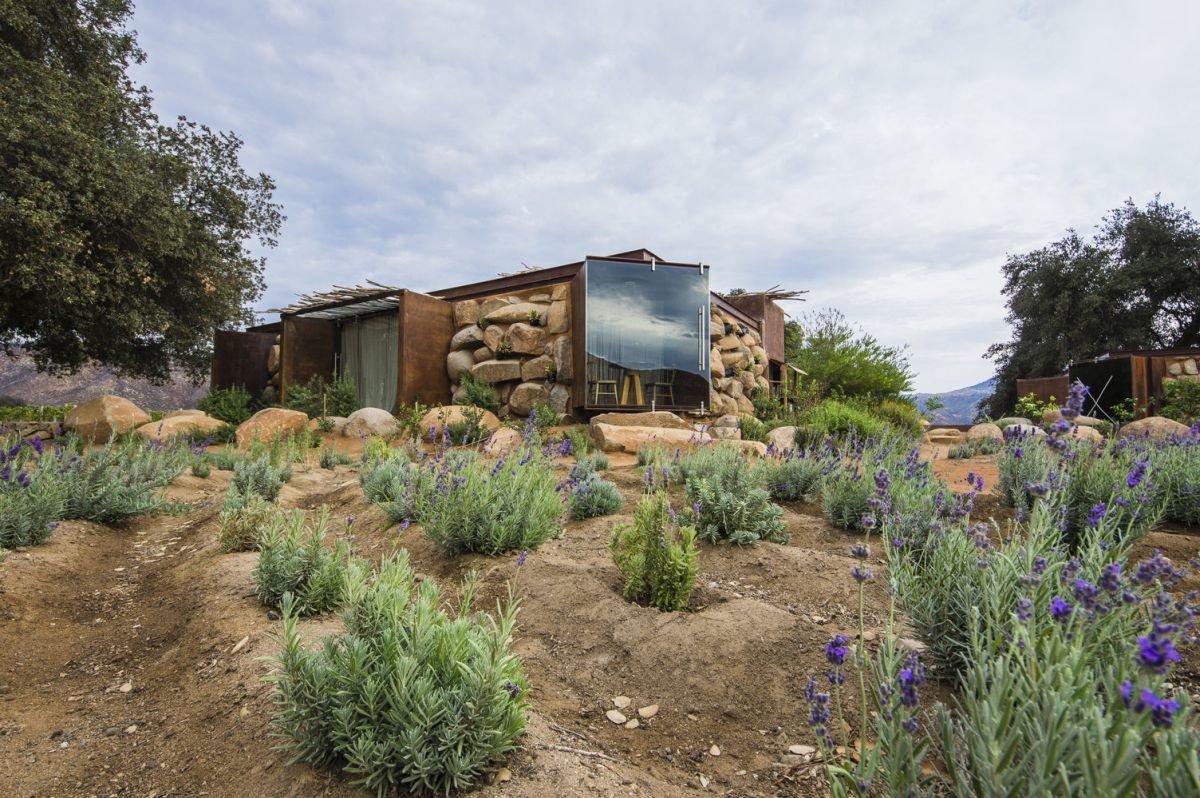
Stone houses have a lot of character and they can be designed to look very robust and imposing but also very charming and cozy. The one designed by studio TACO Tailer de Arquitectura Contextual definitely falls into the second category. It not only looks lovely but it also has a very magical vibe to it, as if it’s part of a fantasy realm built by creatures out of this world. It fits beautifully among the gardens and the landscape that surrounds it and it feels like a part of nature itself.
A forest-inspired house in Girona
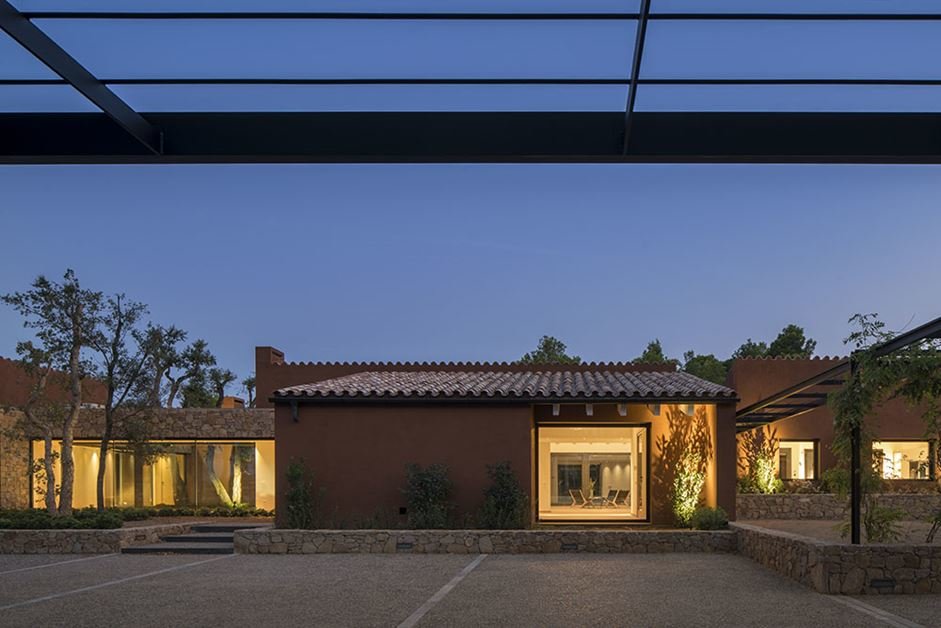
There’s something very organic and natural about the way this house looks even though the architecture and the design are not particularly nature-oriented in terms of shapes and other details. The combination of stone, wood and clay tiles really works and gives the house a nice array of warm and textures which go really well together.
The house is designed by architect Susanna Cots and it’s located in Girona, Spain who wanted to achieve a nice balance between what’s practical and what looks beautiful. This combination is on point and really suits the surroundings landscape and especially all the beautiful trees that frame the site.The design has a forest-inspired vibe but doesn’t necessarily need lots of lush vegetation around it in order to look nice. The interior is very bright which complements the house beautifully and adds a modern flair to the project.






